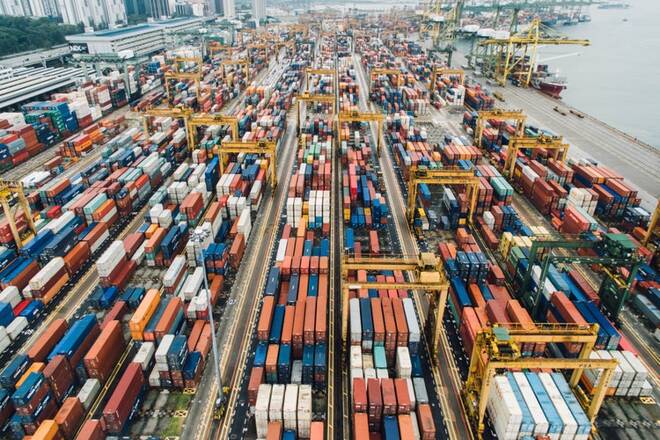Advertisement
Advertisement
What is the PMI and Why It Matters in FX Trading
Updated: Nov 10, 2020, 09:51 GMT+00:00
Intro
One of the critical economic news released in every major economy, the PMI or Purchasing Managers Index shows the state of economic growth. Reflecting either contraction or expansion, the PMI is a survey closely watched by traders of all types: scalpers, swing, or investors.
The survey refers to private sector companies and takes place monthly. No less than four hundred purchasing managers are asked to rate the company’s situation, and evolution in specific areas, such as new orders, employment, inventories, supplier delivers and orders backlogs.
Managers have three options to rate all those categories: better conditions, similar to last month, or worse conditions for the company.
Then, the answers are compiled in one single release, called the PMI, that comes out monthly. The result revolves around the fifty (50) level and shows potential economic contraction or expansion.
More precisely, when the PMI dips below the fifty level, the economy enters the recessionary territory. On the move above fifty, it expands.
Therefore, the job of news traders and not only is to react to changes in the PMI releases and buy or sell the currency accordingly.
However, things aren’t that easy, nor straightforward. Here’s why.
PMI’s on Different Sectors
The gauge to measure an economy is the GDP (Gross Domestic Product). Or, the total value of all goods and services the economy produces.
The GDP, however, is made up of more than one sector. The dominant ones are manufacturing and services.
Hence, the PMI releases come out in two distinct parts: one for the manufacturing and one for the services sector.
But, the manufacturing and services sectors have a different weight in the overall GDP size. For instance, in service-based economies (like most capitalistic countries), or the ones that matter the most on the Forex dashboard and Forex trading, the PMI Services is a more critical economic release than the PMI Manufacturing.
Therefore, not once, when the PMI Manufacturing disappoints, the currency reacts by the move to the downside. However, if the PMI Services doesn’t confirm the weak PMI Manufacturing data, the currency will bounce back.
In the United Kingdom and Australia, a separate PMI for the construction sector is released. It shows the strength of the industry and traders react to the release too.
Conclusion
Despite the standard interpretation being that the higher the PMI, the better, in reality, central banks aren’t entirely happy with such a development. Instead of favoring values above 60, they consider values around 55 more regulars, the equivalent of an economy that expands at a reasonable pace.
In the United States, the numbers are calculated by the ISM (Institute for Supply Management), and traders look for details in the data, as the employment component, to forecast other economic releases, such as the NFP (Non-Farm Payrolls).
To sum up, besides jobs data and inflation, the PMI is an economic release closely watched that may turn even the most influential trends. Hence, traders mark it up in the calendar and adjust the positions accordingly, having a close eye on the fifty mark and the sector the PMI refers to.
About the Author
Advertisement
Table of Contents
Advertisement
Advertisement
Advertisement
Advertisement
